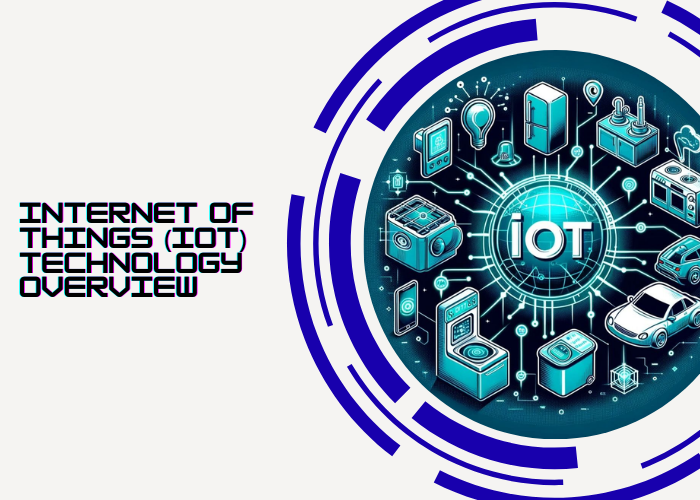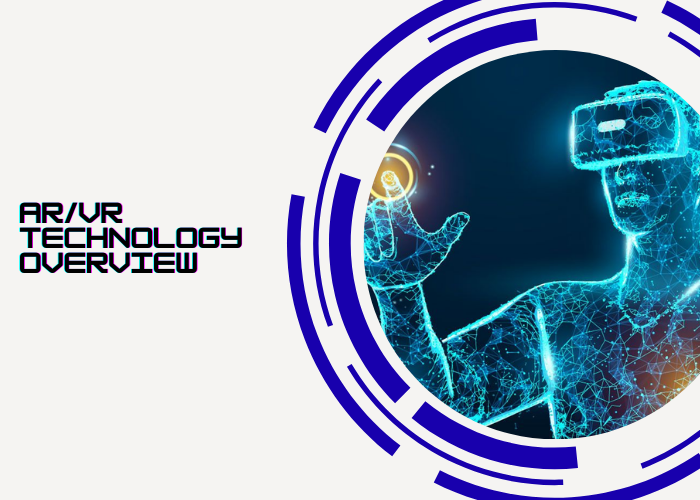AR/VR Technology Overview
Augmented reality (AR) and virtual reality (VR) technologies are reshaping how people interact with digital content. While VR immerses users in fully simulated environments, AR overlays digital information onto the real world. Together, they represent a spectrum of immersive experiences transforming entertainment, education, design, and enterprise operations.
Understanding AR and VR
Virtual reality relies on headsets and motion tracking to transport users into computer-generated worlds. By isolating the senses from the real environment, VR creates presence — the convincing illusion of being elsewhere. Augmented reality, on the other hand, uses smartphones, smart glasses, or specialized displays to blend virtual elements with the physical world, enriching perception without replacing it.
These technologies draw on advances in graphics processing, motion sensing, spatial computing, and haptic feedback. As hardware becomes lighter, more affordable, and more powerful, immersive applications are moving from niche to mainstream adoption.
Applications across sectors
In entertainment, VR powers gaming ecosystems that allow players to inhabit fantastical worlds, while AR enhances live events with real-time overlays and interactive effects. Film and media creators use VR to build immersive storytelling experiences that engage audiences in entirely new ways.
Education and training have emerged as high-value domains. Students can explore historical sites virtually or conduct complex experiments without physical risks. Enterprises use VR simulations to train workers in hazardous environments, from oil rigs to surgical theaters, reducing costs and improving safety outcomes.
Designers and architects increasingly rely on AR and VR to visualize projects before they are built. Clients can walk through buildings in virtual form or overlay proposed designs on existing structures, enhancing collaboration and decision-making.
AR/VR in business and industry
Retailers use AR to let consumers “try before they buy,” placing virtual furniture in living rooms or previewing cosmetics on their faces through smartphones. In manufacturing, VR digital twins allow engineers to model and test machinery before physical prototypes exist. Healthcare benefits from VR surgical planning and AR-guided procedures that provide real-time overlays of critical data during operations.
Collaboration platforms are also evolving: virtual meeting spaces offer more engaging alternatives to video conferencing, allowing participants to interact as avatars in shared 3D environments. This is particularly relevant as hybrid and remote work become permanent fixtures in global economies.
Challenges and barriers
Adoption of AR and VR faces several hurdles. Hardware costs, though decreasing, remain significant for enterprise-scale rollouts. Motion sickness and user comfort are persistent concerns, especially during extended VR sessions. Software ecosystems are fragmented, with competing platforms and content formats slowing widespread interoperability.
On the enterprise side, integration with existing workflows and IT infrastructure requires careful planning. Privacy and data concerns also arise, as immersive systems track movement, biometrics, and behavioral data at unprecedented granularity.
The convergence of AR, VR, and beyond
The line between AR and VR is blurring as mixed reality (MR) platforms emerge, allowing seamless transitions between augmented overlays and full virtual immersion. Companies such as Meta, Apple, and Microsoft are investing heavily in XR (extended reality) ecosystems that combine AR, VR, and MR into unified platforms.
When combined with 5G connectivity and AI-driven personalization, AR/VR applications will become more responsive, mobile, and integrated into daily life. Whether through immersive classrooms, remote collaboration hubs, or entertainment that feels indistinguishable from reality, the trajectory points to a future where immersive computing is as common as the smartphone today.
Conclusion
AR and VR are not passing fads but foundational technologies enabling richer, more interactive digital experiences. They expand the boundaries of creativity, efficiency, and human connection across industries. While challenges remain in cost, adoption, and standards, ongoing innovation is steadily addressing these barriers. As the ecosystem matures, AR and VR will shift from experimental novelties to everyday tools, redefining how people learn, work, play, and connect.



